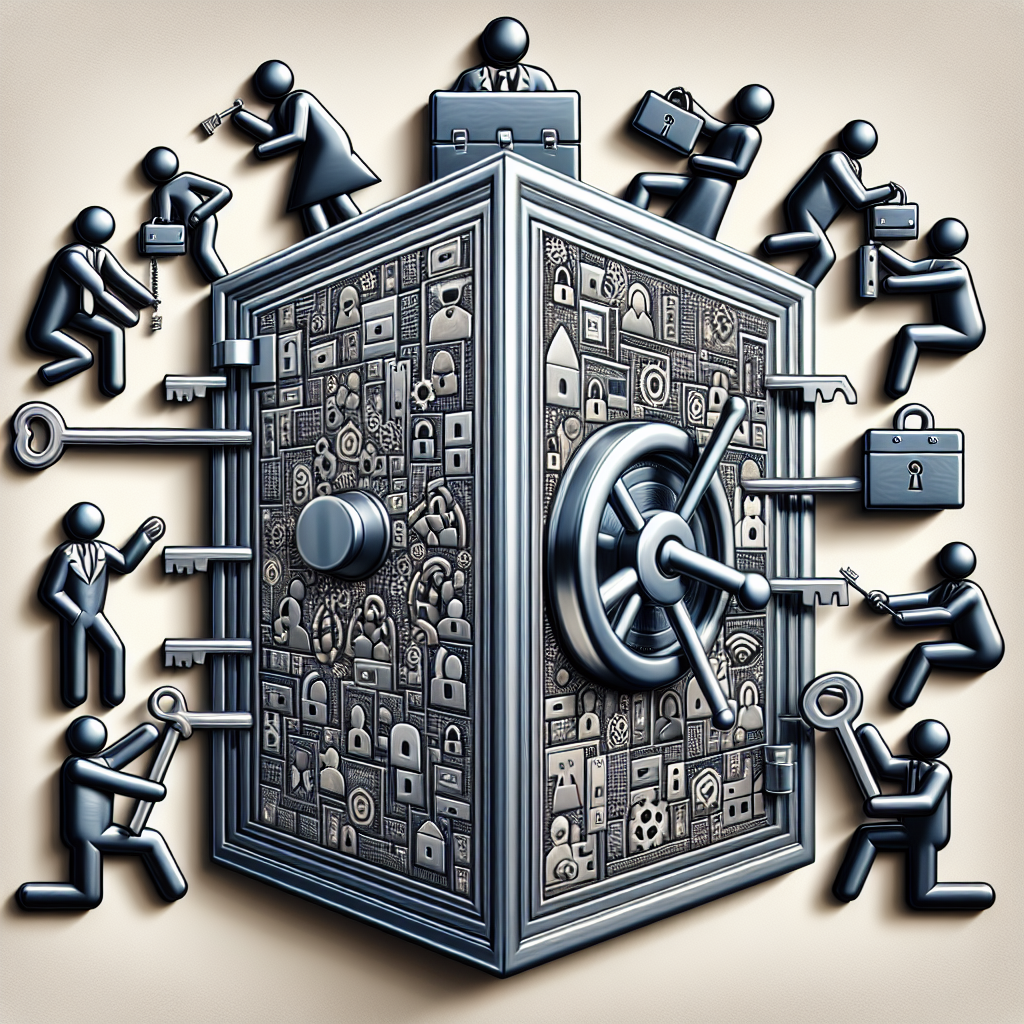Introduction
Shared hosting is a cost-effective solution for many website owners, but it necessitates a focus on security to protect sensitive data and ensure reliable operation. Users sharing the same server resources means that vulnerabilities and breaches can quickly affect multiple websites. To mitigate these risks, it’s essential to implement robust security measures.
Key Security Practices for Shared Hosting
There are several key practices users can follow to enhance security on shared hosting:
- Regular Updates: Ensure that all software, plugins, and themes are regularly updated to their latest versions.
- Strong Passwords: Use complex passwords and change them regularly to prevent unauthorized access.
- Firewall Usage: Employ web application firewalls to block malicious traffic.
- Secure File Permissions: Set proper file permissions to restrict unauthorized access to sensitive files and directories.
- SSL Certificates: Use SSL certificates to encrypt data transmitted between the user’s browser and the server.
- Backups: Regularly back up site data to quickly restore systems in the event of a breach.
Importance of Regular Updates
Regularly updating software is crucial as it fixes known vulnerabilities that can be exploited by attackers. Below is a table summarizing common software that needs frequent updates:
| Software | Frequency of Updates |
|---|---|
| Content Management Systems (CMS) | Monthly or as patches are released |
| Plugins & Themes | Monthly or as updates are available |
| Web Server Software | Monthly or as updates are released |
Using Strong Passwords
Passwords are often the first line of defense against unauthorized access. To enhance security:
- Create passwords with a mix of upper and lower-case letters, numbers, and special characters.
- Avoid using easily guessable passwords such as birthdates or common words.
- Change passwords regularly and never reuse old passwords.
Firewall Usage
Firewalls monitor and control incoming and outgoing network traffic based on predetermined security rules. Using a web application firewall (WAF) can help:
- Block malicious traffic.
- Prevent common attacks like SQL injection and cross-site scripting (XSS).
- Monitor incoming and outgoing HTTP requests.
Secure File Permissions
Correctly setting file permissions is vital to prevent unauthorized access:
- Set files to 644 and directories to 755 permissions in most cases.
- Avoid using 777 permissions as it grants all rights to any user.
- Regularly audit file permissions to ensure no changes have been made without authorization.
Implementing SSL Certificates
SSL (Secure Sockets Layer) certificates encrypt data being transmitted between the user’s browser and the web server. Benefits include:
- Protection of sensitive data like passwords and credit card numbers.
- Improved Google search rankings.
- Increased customer trust by displaying a secure site indicator.
Regular Backups
Backups can save users from disastrous data loss events:
- Back up data regularly, preferably daily.
- Store backups in different locations (e.g., on the cloud and on physical drives).
- Test backup restoration procedures periodically to ensure they are effective.
Monitoring and Auditing
Regular monitoring and auditing of your website can help identify and mitigate potential security risks:
- Regularly review server logs and user activities.
- Use security plugins to automatically monitor for security breaches.
- Conduct periodic security audits with professionals to identify and fix vulnerabilities.
Conclusion
Enhancing security on shared hosting requires a multi-faceted approach involving regular updates, strong passwords, firewalls, secure file permissions, SSL certificates, backups, and monitoring. By implementing these practices, users can significantly reduce the risk of security breaches and protect their websites, ensuring their online presence remains secure and reliable.

